Hair was never just hair.
For African women, each braid, twist, and curl carries the weight of stories—stories of royalty, resistance, love, and legacy.
It’s a crown worn with purpose, sculpted by history, and styled with soul.
Long before salon chairs and Instagram tutorials, hair was a living language.
It spoke of tribe, status, age, even readiness for marriage—without saying a word.
This isn’t about trends.
It’s about truth.
Twelve powerful facts lie ahead, each one unraveling the artistry, pride, and profound meaning woven into African women’s hair for generations.
Prepare to be amazed.
Because this isn’t just beauty—it’s brilliance.
Ancient Egyptian Wigs
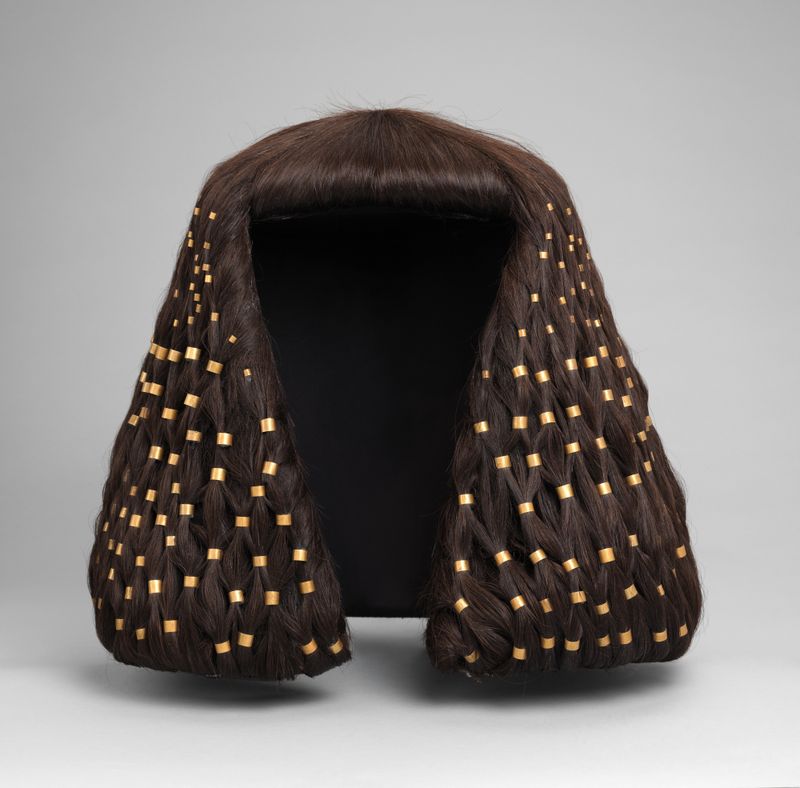
In ancient Egypt, wigs were more than just fashion accessories. They symbolized status and were often made of human hair, wool, or palm fibers.
Women adorned their wigs with intricate designs, beads, and gold, reflecting their social ranking and wealth.
The practice of wearing wigs was widespread among both elite and common women. It offered protection from the sun and served as an expression of beauty.
These wigs were skillfully crafted, showcasing the Egyptians’ advanced understanding of hairstyling and aesthetics, making them a significant cultural artifact.
The Art of Hair Braiding
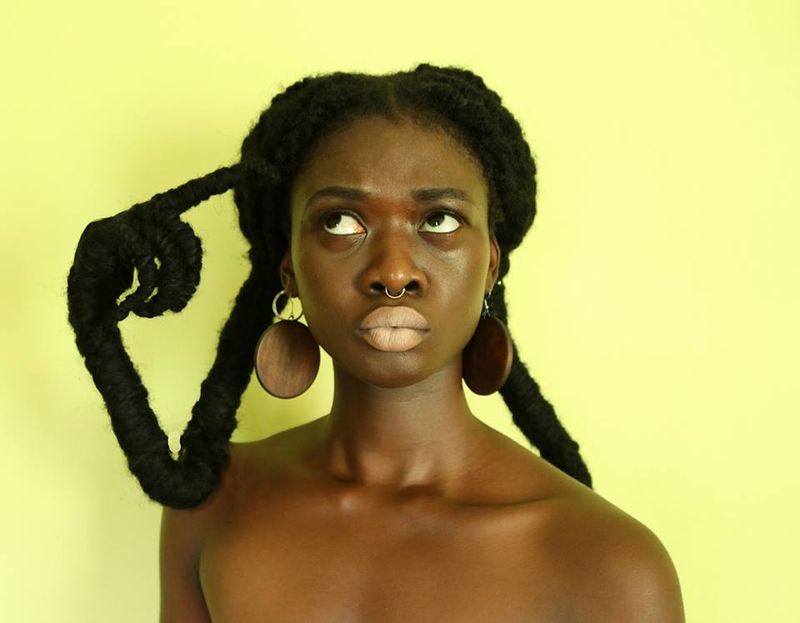
Braiding is an ancient art form that dates back thousands of years in Africa. It’s not just a hairstyle; it’s a cultural emblem, conveying messages about age, religion, and ethnic identity.
Each braid tells a story, with patterns as diverse as the cultures they come from. Women would gather to braid each other’s hair, strengthening communal bonds.
Beyond aesthetics, braiding was practical, keeping hair neat and manageable in a hot climate, and is still cherished today for its beauty and cultural significance.
Significance of Hair Beads

Hair beads have played a crucial role in African culture, serving as more than mere decoration. These colorful adornments communicate social status, age, and even marital status.
In some cultures, beads are used in rituals and ceremonies, adding layers of meaning to hairstyles. The choice of color, size, and placement of beads is intentional, reflecting personal and cultural identity.
Today, beads continue to be a vibrant expression of African heritage, bridging past and present through their timeless appeal.
The Afro Revolution
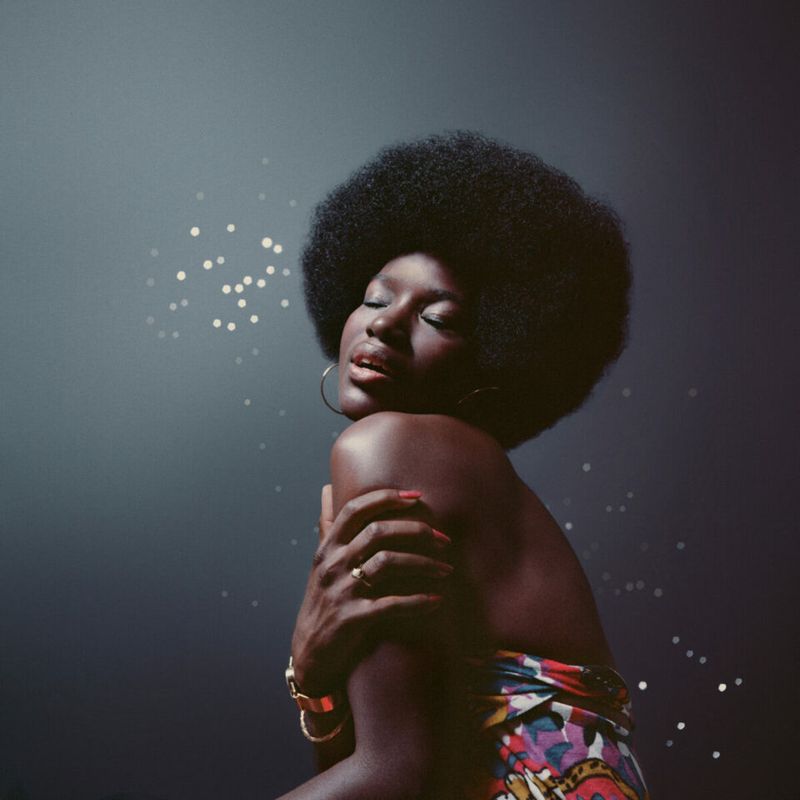
The Afro became a powerful symbol of pride and identity during the 1960s civil rights movement.
African-American women embraced their natural hair textures, rejecting societal pressures to conform to European beauty standards.
Wearing an Afro was an act of defiance and empowerment, sparking a broader cultural shift towards self-acceptance. It conveyed a message of unity and strength, resonating with themes of liberation and equality.
This iconic hairstyle continues to inspire new generations, celebrating authenticity and cultural pride.
Hair in African Religion
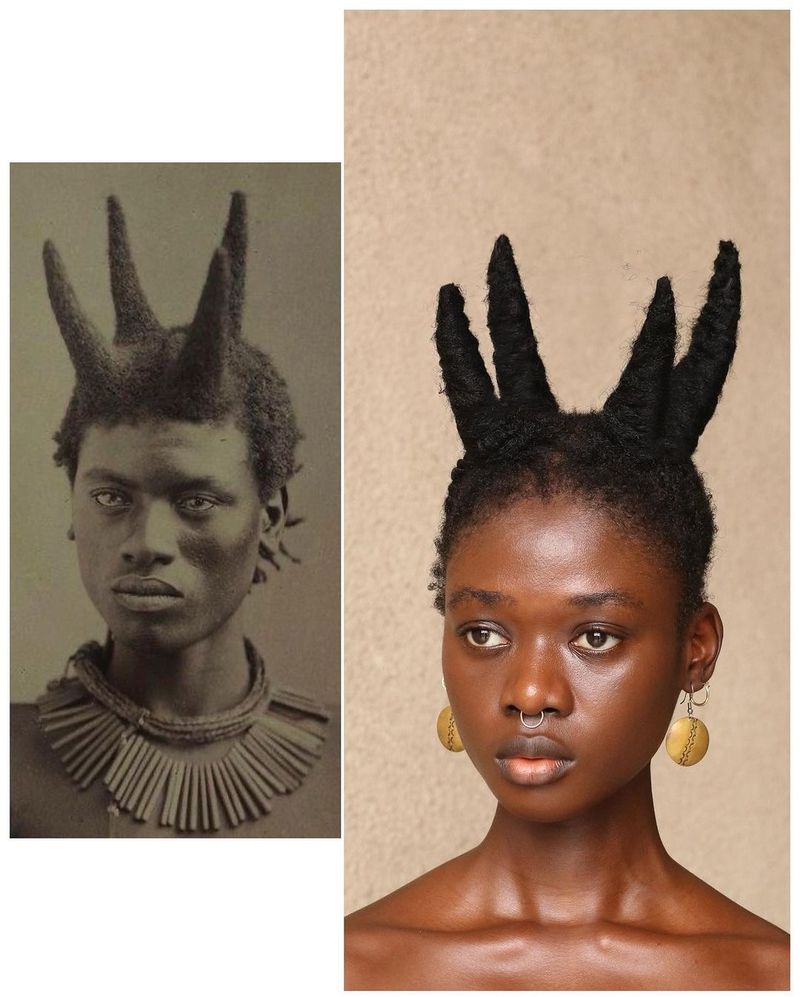
In many African religions, hair holds spiritual significance, often used in rituals to connect with the divine. Hairstyles can denote religious roles or serve as offerings to deities.
For example, the Yoruba people of Nigeria view hair as a conduit for spiritual energy, carefully styling it for ceremonial purposes.
These practices highlight the sacred relationship between hair and spirituality, where each strand is imbued with meaning and purpose, bridging the physical and spiritual worlds.
The Role of Hair in Marriage
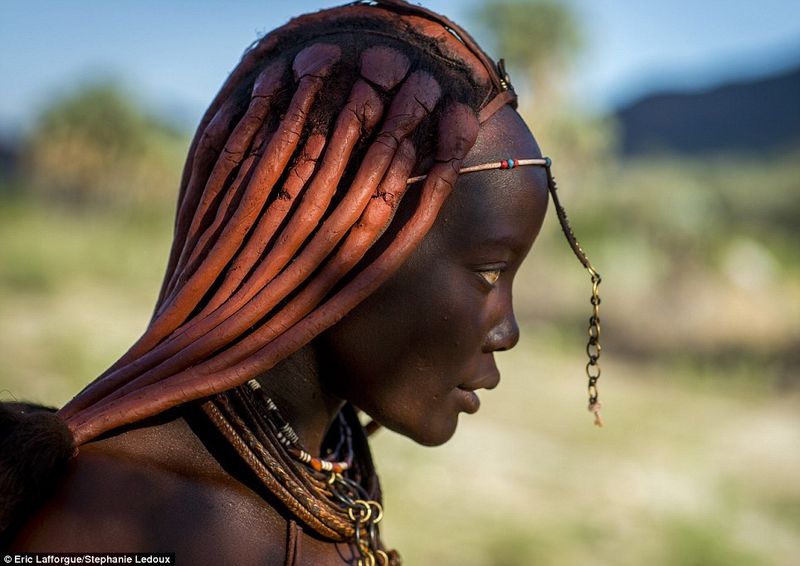
In some African cultures, hair plays a pivotal role in marriage rituals. Hairstyles can indicate a woman’s transition from single to married life, as seen in the Himba tribe.
Himba women use red ochre and butterfat to create stunning hair designs, symbolizing fertility and beauty. These styles signify readiness for marriage and community involvement.
Such traditions not only celebrate love and union but also preserve cultural heritage, passing down wisdom and customs through generations.
Colonial Impact on Hairstyles
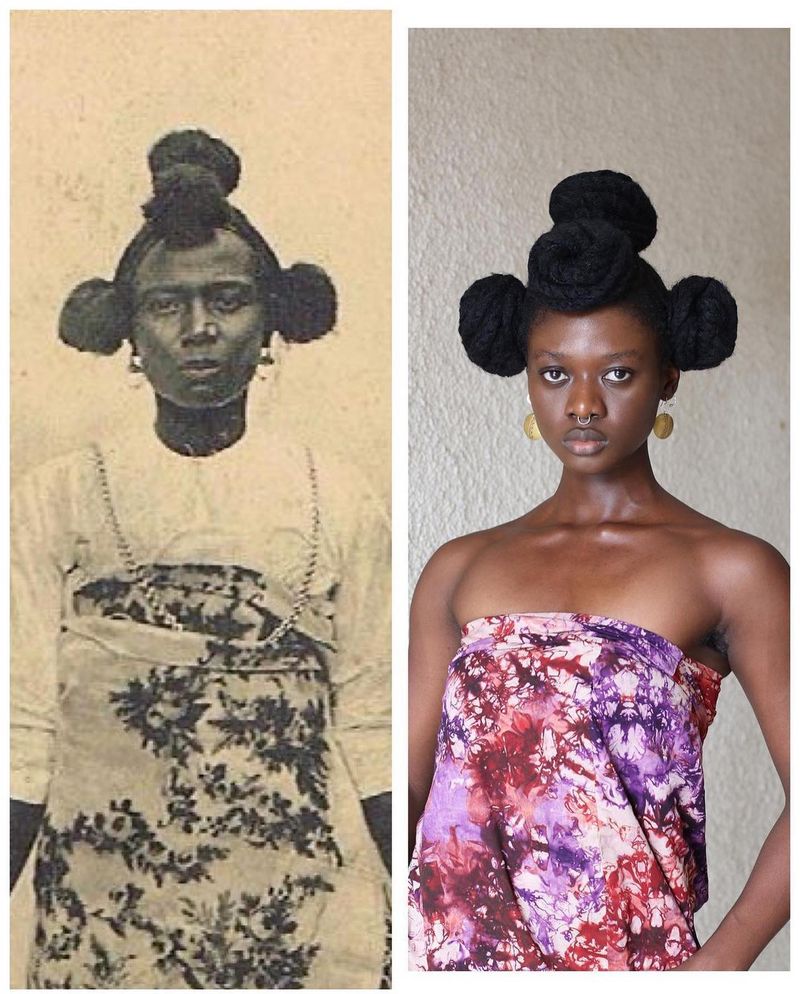
The colonial era brought significant changes to African hairstyles, as European beauty standards influenced local practices. Many African women began adopting Western styles, seen as more ‘civilized.’
This shift often led to the suppression of traditional hairstyles, as colonizers viewed them as primitive. Yet, these changes sparked resistance, with women finding ways to blend both worlds.
Today, the fusion of African and Western styles continues, celebrating diversity and resilience in the face of historical challenges.
The Headwrap Tradition
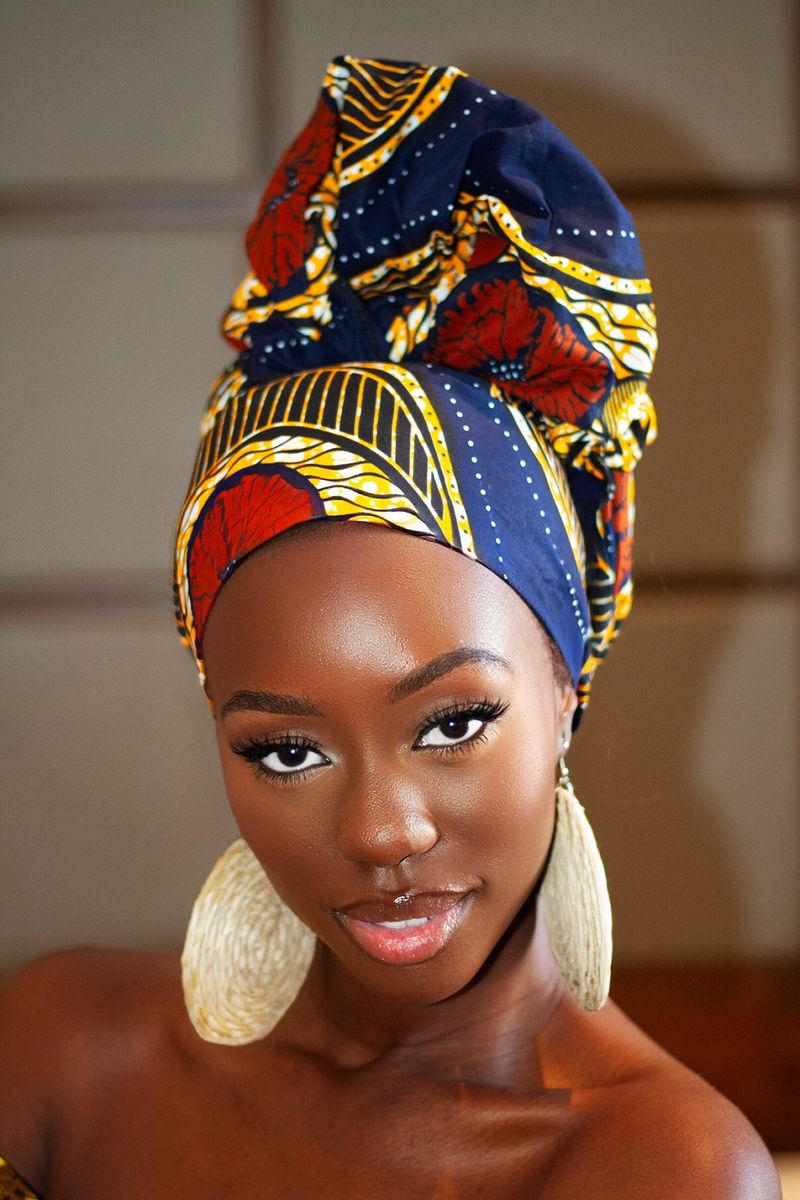
Headwraps have long been a staple accessory for African women, symbolizing dignity, modesty, and cultural pride. These versatile pieces of fabric can convey personal style or social status.
In many communities, headwraps are worn for spiritual protection or as a symbol of resistance and solidarity. They also serve practical purposes, such as protecting hair from harsh weather.
Today, headwraps remain a cherished tradition, allowing women to express individuality while honoring their rich heritage.
Hair and Social Hierarchy

In various African societies, hairstyles reflect social hierarchies and hierarchies. Complex designs and adornments often signify higher status or achievements.
For young girls, simpler styles are common, while elders and individuals of higher status wear more elaborate coiffures. This distinction in hair styling underscores respect and societal roles.
Such customs reveal the intricate weave between hair and identity, where every style tells a deeper story of cultural values and social structure.
Rastafarian Dreadlocks

Dreadlocks, associated with the Rastafarian movement, have roots in African culture. This hairstyle symbolizes spiritual strength and a connection to African identity.
Rastafarians view dreadlocks as a rejection of Babylon (a metaphor for oppressive societies) and an embrace of natural living. The style is deeply intertwined with reggae culture and the philosophies of figures like Bob Marley.
Dreadlocks continue to be a powerful expression of resistance and unity, resonating across cultures worldwide.
Hair as Resistance
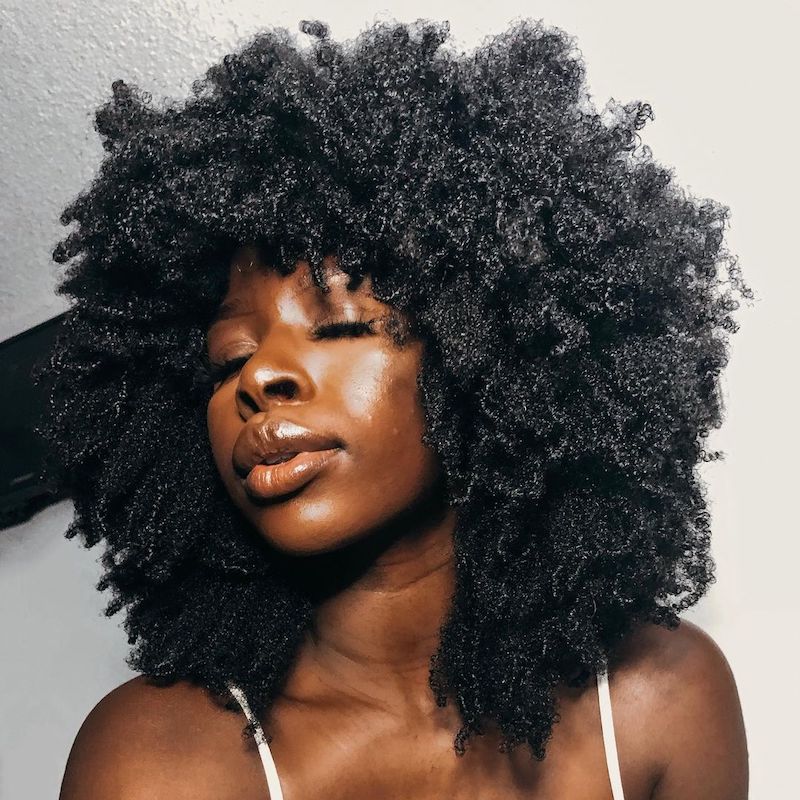
Throughout history, hair has been a form of resistance against oppression.
In the 1970s, the Black Power movement encouraged African-American women to embrace natural hairstyles as a proclamation of identity and defiance.
The choice to wear natural hair was a political statement, challenging beauty norms and advocating for civil rights. It fostered a sense of community and pride, urging individuals to reclaim their heritage.
Natural hair continues to symbolize freedom and empowerment, reflecting a journey toward self-acceptance and cultural recognition.
Modern Natural Hair Movement

The modern natural hair movement has ignited a worldwide celebration of African hair textures.
This movement encourages women to embrace their natural curls, coils, and kinks without chemical alteration.
Social media has played a pivotal role in connecting individuals and sharing hair care tips, fostering a global community of support.
This resurgence of natural hair pride challenges outdated beauty standards, empowering women to redefine their identity on their own terms. The movement’s impact continues to inspire confidence and cultural appreciation.
